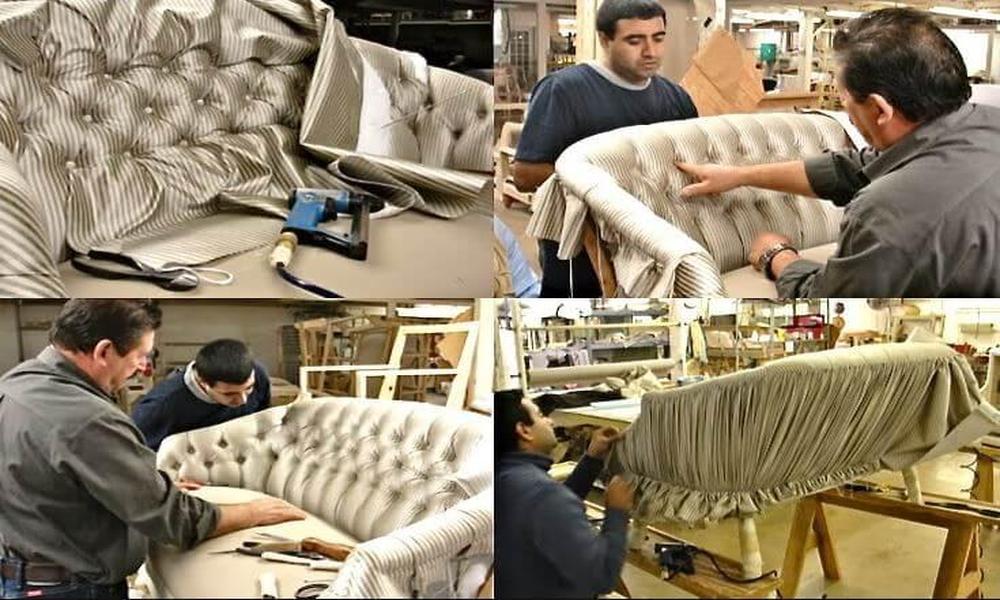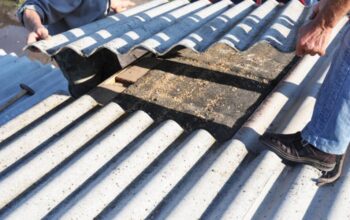Simply put, upholstery is the process of affixing fabric or leather textile covers, padding, and cushioning to the frame of a piece of furniture. The material makes a big difference in how the chair looks, and even though the interior parts aren’t visible, they make a big difference in how comfortable and ergonomic the chair is.
Types of Upholstery
Natural Fabrics
People who want their furniture to have the softest, least performance-based feel typically prefer natural fabrics. Natural upholstery fabrics like cotton, silk, wool, leather, and linen are popular choices.
Cotton
Cotton is the natural fiber that is used the most and is the cheapest. Cotton is meant to give your furniture a soft feel while also providing stability and comfort. Despite its durability and fade resistance, cotton is susceptible to stains. Cotton is not the best material for furniture that is used frequently because it is easy to stain and collects dust and dirt.
Silk
Cotton is the natural fiber that is used the most and is the cheapest. Cotton is meant to give your furniture a soft feel while also providing stability and comfort. Despite its durability and fade resistance, cotton is susceptible to stains. Cotton is not the best material for furniture that is used frequently because it is easy to stain and collects dust and dirt.
Wool
When put to the test, wool is very strong and long-lasting. It is a great choice for areas with a lot of foot traffic because it is very resistant to pilling and stains. The disadvantage of wool is that it may develop an unpleasant odor when wet.
Leather
Leather is probably the upholstery fabric with the longest lifespan. Leather is a comfortable and excellent choice for places with a lot of foot traffic. Leather is also suggested for people who have pets or animals. It is durable and easy to remove hair with a vacuum.
Linen
Because it is easy to wrinkle and smear, linen is the best choice for adult-only rooms. It’s great because the majority of the print fabric is made of linen, which lowers the cost of intricate designs. When washed, linen can shrink. It needs to be cleaned by a professional to avoid shrinking or damaging the fabric.
Synthetic Fabrics
Compared to natural fabrics, synthetic upholstery fabrics are more durable, easier to clean, and cheaper to make. Synthetic fibers are produced through chemical or natural product synthesis in the production of synthetic fabrics. After that, these synthetic fibers are woven into the fabrics we use daily. Polyester, olefin, nylon, acrylic, and rayon are just a few.
Polyester
Compared to natural fabrics, synthetic upholstery fabrics are more durable, easier to clean, and cheaper to make. Synthetic fibers are produced through chemical or natural product synthesis in the production of synthetic fabrics. After that, these synthetic fibers are woven into the fabrics we use daily. Polyester, olefin, nylon, acrylic, and rayon are just a few.
Nylon
Another fiber that is rarely used by itself is nylon. Nylon is great for reducing napping and crushing in velvet and chenille fabrics when used in conjunction with other natural or synthetic fibers. Nylon is susceptible to pilling and can fade when exposed to UV rays or intense sunlight.




